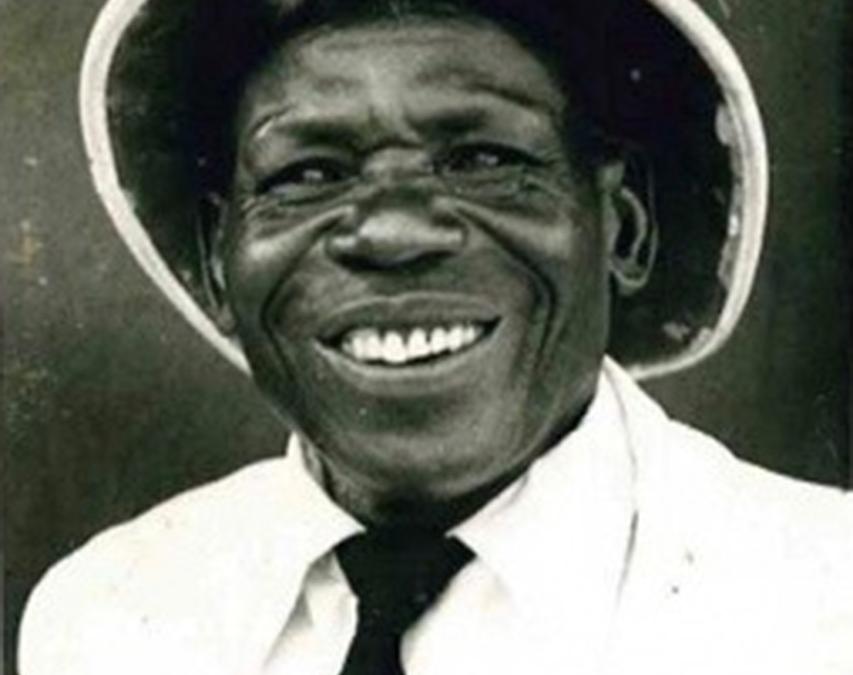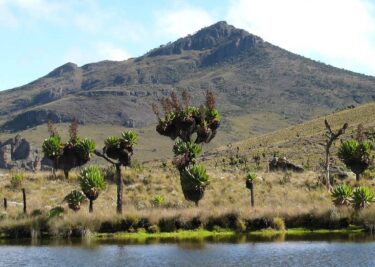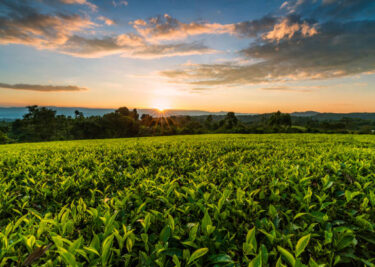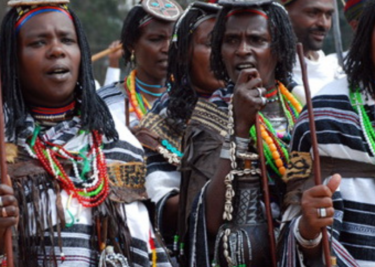Dini ya Msambwa

Image Credit - Cambridge University Press & Assessment
Dubbed East Africa’s anti-colonial religion, Dini ya Msambwa is a religious movement that was championed by the Bukusu community during the decolonisation wave of the 20th century. It was founded in the early 1940s by a Bukusu activist, Elijah Masinde, and remains active today with followers in both Kenya and Uganda.
Religion Shaped By Activism
Born in Kimilili, Bungoma around 1910, Masinde wa Nameme was a renowned footballer who represented Kenya in the 1930 CECAFA Cup, Africa’s oldest football tournament. He had practised Christianity from a young age as he was educated by the Friends African Mission. As an African nationalist, Masinde championed land reform, the abolition of the kipande system and the restoration of dignity to the African. His religious beliefs were shaped by his activism, and, so, he began to have disagreements with the missionaries as he believed they were critical of African cultural practices.
Masinde quarrelled with a missionary when he opposed the adoption of European names and forsaking African ways of life for European ones, for example, monogamy. He was suspended for a year and was officially banned when he married a second wife, spurring him to start his own denomination – Dini ya Msambwa.
Masinde saw no reason to follow the missionaries’ authority but instead chose to approach Christianity in his own way and apply the Bible to the African context. He claimed to be similar to the biblical Elijah, who defended the Hebrew worship of Yahweh, rather than the adoption of the Canaanite veneration of Baal.
A Hybrid Religion
The word msambwa translates to ancestral custom. This was at the core of the Dini ya Mswamba doctrine, which encouraged Africans to continue practising their indigenous culture which was passed down by their ancestors and sanctioned by the word of God.
The religion fused the tenets of the Christian Bible with their traditional beliefs, and their teachings reflected their environment. They worshipped a supreme being who their forefathers locally referred to as Wele, akin to the god in the Bible, and they translated the scriptures into Lubukusu. They also defended customs such as ancestor veneration, African names and polygamy, to name a few.
There are similarities and differences between the Dini ya Msambwa and Christian interpretations of the Bible, although the former mainly refer to the Old Testament. For example, Mt Elgon and Mt Sinai are both considered to be the dwelling places of God, which is why Dini ya Msambwa followers pray facing the mountain and make pilgrimages to and offer sacrifices at particular spots on the mountain.
Dini ya Msambwa followers also believe in the coming of a messiah. In their case, he is an African Black Messiah called Mwambu, a hero from local mythology, believed to be Wele’s son. Dini ya Msambwa also interpret texts to explain racial inequality and inspire revolution, for example, the story of Jacob and Esau, where the younger brother steals the blessings of the older sibling is used to explain colonisation.
Dini ya Msambwa’s Impact
Dini ya Msambwa was as much a political movement as it was religious. It spread beyond Western Kenya and was adopted by the Suk people who lived near Lake Baringo, as well as communities in Eastern Uganda, and even converted several colonial chiefs. Followers of the religion were attracted because it did not corrode their cultural ideals. Dini ya Msambwa also championed free education as a means of liberation, and, within Kenya, they set up Matili Village Polytechnic and Bituyu Primary School in Bungoma. Other notable religious leaders included Lucas Pkiech, Danisio Nakimayu, and Musa Washiuku Wanzala.
The DYM were opposed to their separation from the Bagisu in Uganda due to the careless drawing of colonial boundaries. Similar to the 12 tribes of Israel in the Bible, the Bukusu of Kenya and the Bagisu of Uganda shared a common ancestry. So, under the religion, the two communities were reunited by sacrificing a ram and performing other reunion rituals.
The pan-African activities of Dini ya Msambwa alarmed the British colonisers who banned the religion as it posed a threat to their imperial ideologies. This led to the arrest of many DYM leaders, and Masinde himself was detained twice. He continued to agitate for citizens’ rights post-independence, up until he died in 1987. After Masinde’s death, Dini ya Msambwa lost its vibrancy, and it has no official leader due to its teachings against craving earthly power.



